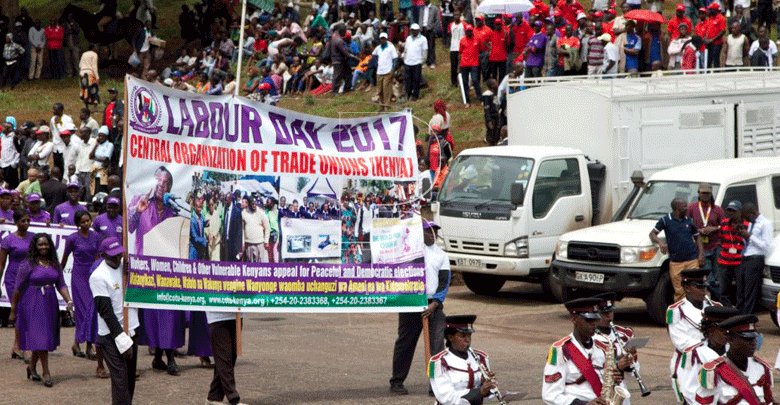Kenya turns to foreign market to defuse a ‘ticking time bomb’

Soaring unemployment levels has forced the government to mount pressure on the National Employment Authority (NEA) to fast-track its pursuit of employment opportunities beyond the country’s borders.
Labour Cabinet Secretary Simon Chelugui said though most of opportunities for labour migration which has helped ease the pressure locally, has been for semi-skilled and low-skilled workers, the agency now needs to change gear and focus on skilled workers.
“With opportunities existing in various countries, NEA must lead in negotiating for Bilateral Labour Agreement so that our unemployed youth can get opportunity to migrate to other countries in an orderly and safe way,” he said.
He expressed delight that within the current financial year, the authority is targeting to exploit new labour markets such as Canada, Australia, UK and Poland.
“The UK market needs to be expedited because it presents a better market for Kenya due to our historical ties,” Chelugui said while welcome the new NEA chair Prof Grace Jerotich Cheserek at NSSF Building, Nairobi.
The call on the authority to focus attention on seeking opportunities out of the country, especially in Europe and America comes amid debilitating Covid-19 challenges, travel restrictions, business and industrial closures.
Chelugui said the ministry is ready to support the agency in pursuit of employment opportunities beyond the borders, adding: “I am ready to champion any policy, legal and institutional reforms that will enhance labour migration management.”
Labour market
The CS noted that while close to 1.2 million youth join the labour market every year, the economy is only able to accommodate 800,000.
“It is NEAs responsibility to look for opportunities abroad for the close to 400 thousand youths who miss out on opportunities locally,” he added.
Chelugui asked the Authority to open Job Centres in various parts of the country aimed at covering all 47 counties across the country.
According to Kenya National Bureau of Statistics (KNBS) quarterly labour force reports, the total labour force by March last year was 18.
7 million, with informal sector accounting for 83 per cent of which (35%) are found within the urban areas while (65%) are found in the rural areas.












